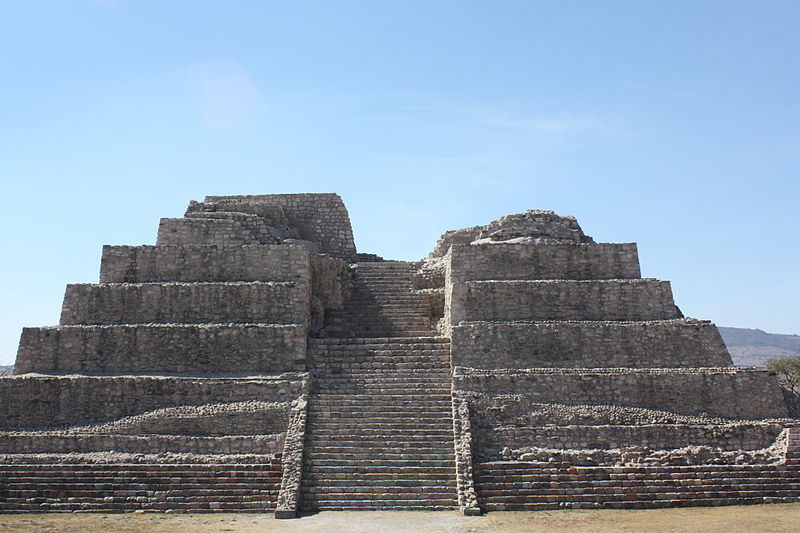Cañada de la Virgen


Facts and practical information
Cañada de la Virgen is an Otomi archaeological site that has been recently excavated. Located in the Mexican state of Guanajuato, the site was first excavated in 1995, while the official excavation began in 2002. Public access was first allowed in 2011. However, unlike its famous counterparts such as Chichen-Itzá, access is strictly controlled due to it sitting on private property, one of the largest ex-haciendas in Guanajuato. The Otomi people have lived in the valley of San Miguel de Allende for thousands of years. It is presumed that construction at Cañada De La Virgen most likely began after the collapse of the Teotihuacan culture, where they are believed to have previously resided along with other tribes in the Valley of Mexico, around 530 AD. The Otomi were avid sky watchers and passed information down from generation to generation. These people used astronomical criteria, religious beliefs and agricultural cycles to select the Laja River Valley for the construction of this Pre-Hispanic burial site. The site faces the celestial north, where the stars spin around in a circle throughout the year. The moon moves up the stairs of the pyramid as its cycle advances. It rises and falls perfectly in pyramid notches at key times in the lunar calendar and during solstice periods. ()
